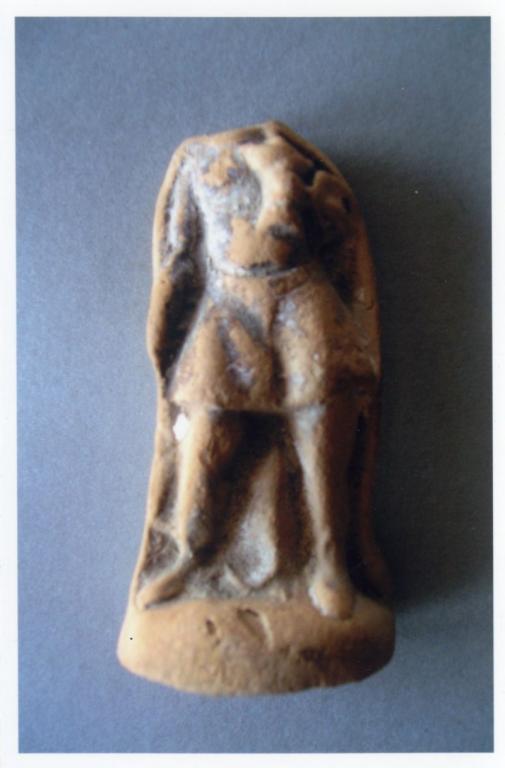A statuette of the Roman goddess Diana, believed to be from the end of the 2nd century AD, was found by Zadar archeologists Dejan Filipčić and Hrvoje Mijić in the popular swimming spot “žute kuće” at Kolovare beach in Zadar. The statuette was discovered without its head.
Zadar is a city of history and archeology, and a long time ago it was hard not to find historical disoveries within the town. Here’s how it all began.
The Allied bombings during WWII transformed a number of houses, buildings, and entire streets into rubble throughout Zadar. Much of the rubble ended up being incorporated into the buildings of new structures, and 10 years later they started building most of what is present day Zadar. The foundations of these buildings were done by digging through layers of a city that evolved from antiquity, without any archaeological research. The land and materials that were dug up were transported to several locations – including near the Rowing Club, along the train tracks, near today’s Kolovare beach, and along the famous swimming location “žute kuće” (yellow house). This is where goddess Diana washed up, states Zadarski List on September 13, 2016.
“A lady is lying on a towel, sunbathing, while Hrvoje and I dived and swam. At one point, this lady started moving because something was bothering her, so she put her hand under her towel and threw what she thought was a rock. Hrvoje picked it up, turned it around, and saw the famous view of one of the most popular goddesses,” says Dejan, a young man from Karlovac who after studying archeology and history in Zadar remained there based with his family.

Image by Zadarski List
“Who knows what all is hiding there. Earlier we found bumps and coins, but this Diana is just special,” says Dejan, “and on the back you can even see fingerprints, presumably from the artists who had developed it. Too bad it lacks a head, but it was probably in high relief and was either broken off or the sea dissolved it.”
Similar findings were discovered near Sisak and Čitluk, but they are bronze, and such is the most common.
“Maybe few places, or maybe not anywhere else in the world can you go swimming and find the idol of the goddess Diana. Zadar in ancient times was the large colony of Jader, and a lot of the deities worshiped in home shrines, such as the Romans, and had household deities Lari & Penati” says Hrvoje, a Professor of Geography in Vinkovci.
The cult of the goddess Diana in ancient Liburnija has already been confirmed in several locations, with a variety of archaeological material of which the most common is epigraphic monuments. Small figurines and statuettes of goddesses are not a common find in the archaeological field of Liburnians and beyond.








